Part of what makes bleeding hearts so marvelous is that they add interest to an area that can be a challenge to fill.
For instance, if you have a north-facing balcony on the 12th floor of an apartment building, you have limited options. Or say you have a covered patio that looks terribly bland.

We link to vendors to help you find relevant products. If you buy from one of our links, we may earn a commission.
Does this sound like your outdoor space? Then you’re in luck! Bleeding hearts – or lady’s lockets, as they’re sometimes known – are the perfect solution for both.
Want to add some container joy to your shady yard, garden, patio, deck, or balcony? We’ve got you covered. Here’s everything we’ll go over in this guide:
What You’ll Learn
Gather up some potting soil, gloves, and a nice big pot. We’re going gardening.
A Bit About Bleeding Hearts
Bleeding hearts, Lamprocapnos spectabilis, are a classic cottage garden feature, particularly for partially shady spots with lots of moisture in USDA Hardiness Zones 3 to 9.
They reliably bloom from early or mid-spring until the heat of summer strikes. At that point, the flowers fade and the plant dies back to the ground and hunkers down until the next spring.
Members of the Papaveraceae family, these poppy relatives grow wild in temperate woodlands across the globe, with several native species also known by the same common name in North America.

L. spectabilis was previously classified in the Dicentra genus, and you will often find these plants referred to as D. spectabilis.
Also known commonly as “bleeding hearts,” though now classified in a separate genus, you can find D. formosa in the western coastal regions of North America and D. eximia on the East Coast. There are numerous hybrids and imported species that you’ll find at nurseries across the US.
It doesn’t matter which you choose, they all do well in containers, but you need to keep in mind that they’ll need frequent watering, a common challenge when container gardening rather than growing plants in the ground.
With that in mind, let’s discuss containers.
Choosing the Right Container
You’re entirely responsible for providing the growing environment for a container-bound plant. You give it soil, food, and water. All that starts with a container to hold its little environment. As you can imagine, it’s important to pick the right one.
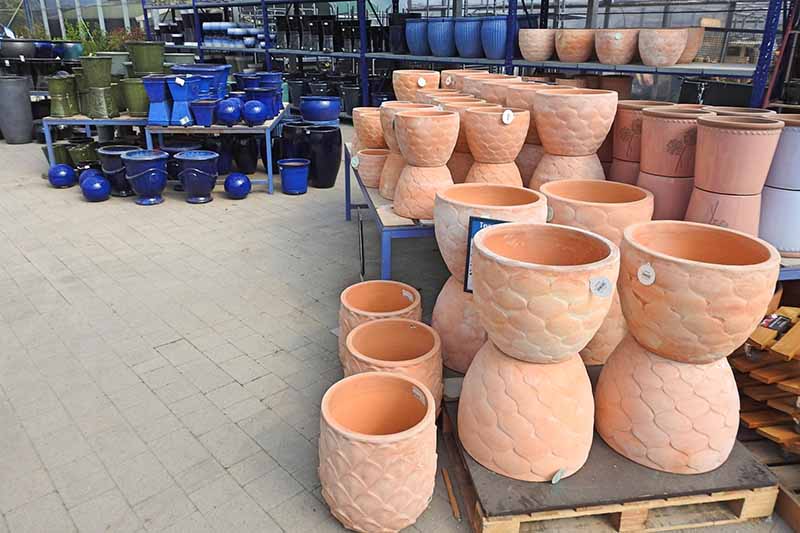
Lady’s lockets like a lot of moisture. They are, after all, native to woodland forest floors, where the soil rarely dries out. Pick a container that will help the soil stay moist.
Terra cotta isn’t ideal because it tends to dry out more quickly. The same goes for wood.
Glazed ceramic, sealed stone, or plastic are better choices.
Using a self-watering container is an excellent idea and there are lots of decorative options out there, like this one from Crescent Garden, available on Amazon.

Crescent Garden Self Watering Plant Pot
Or you can use watering bulbs or drip irrigation to ensure the soil stays moist. We’ll discuss these a bit more in the next section of this guide, so keep reading!
Whatever pot you choose, it must have good drainage. Bleeding hearts like moist soil, but they don’t like wet feet. Any pot you use needs to have at least one drainage hole, but the more the better.
A plant can only grow as large as the roots allow. Bonsai artists keep their specimens tiny by constricting the roots. If you want a small bleeding heart, pick a small container.
Something about a foot tall and nine inches wide is the bare minimum. But if you want to let it grow as large as it can, choose something bigger.
The rhizomatous roots grow more deep than wide, so a pot with a similar ratio of depth to width is recommended.
Preparing Your Container
Once you’ve picked your container, it’s time to fill it with soil. Don’t line the base of the container with stones or broken-up pots – this does not improve drainage.
If you want to keep soil from going through the drainage hole when you water, you can add a piece of mesh screen.
Fill the container with a standard, well-draining potting mix.
I’m a huge fan of FoxFarm Ocean Forest Potting Soil, which you can nab from Amazon in 12-quart bags. If you use this soil, there’s no need to add anything else.

FoxFarm Ocean Forest Potting Soil
If you want to mix in a handful or two of rice hulls and worm castings to improve drainage and add some extra nutrients to your standard potting mix, feel free, but it’s not necessary.
Worm castings may give your plant a little headstart but it won’t hurt to leave these additions out.
Lower the plant into the container so that it’s sitting at the same height as it was in its original pot. You don’t want to bury the root ball any deeper. Fill in around the sides with more potting soil.
Watering
These plants definitely do not like to dry out, they need lots of moisture in the soil at all times. The surface of the soil should never be allowed to dry out.
That’s a lot easier to manage and maintain when growing plants in the ground than it is in a container. You might be lucky enough to receive enough rain to keep the soil moist, but most of us don’t, so we have to add some water.
In the spring and summer, be sure to check the soil moisture often and water whenever the surface of the soil dries out.
Taper off in the fall, and care for plants over the winter as described in the overwintering section of this guide below, being attentive to their need for less moisture during dormancy.
To help with providing the consistent moisture that these plants need, you might want to invest in a watering system or just buy some irrigation bulbs.

Some of them look really pretty in addition to providing moisture, like this set by Wyndham House, available at Amazon.
You can also use self-watering pots. I’m a huge fan of these because they take the worry out of keeping a water-hungry plant moist.
Otherwise, as a last resort, place the plant where it will be hit with sprinklers or rain, and make sure you get out there and check that pot daily.
In general, it’s best to water at the soil level as moisture on the foliage can make a plant more susceptible to diseases.
Maintenance
Bleeding hearts will have died completely back to the ground by the late summer, so there isn’t much to do by way of pruning.
Just snip off any dead or diseased stems when you see them and feel free to pinch back some of the branches to encourage bushier growth as they emerge. But don’t stress about it too much. Lady’s lockets are fairly bushy left to their own devices.

Every few years you will need to divide the plant or move it up to a larger pot.
That bleeding heart is probably going to want to expand beyond the volume that the current pot allows, and if it becomes root bound, it will be extremely difficult to keep it watered well enough.
Potting up simply requires that you choose a container one size up and then remove the plant from its existing pot. Remove as much of the old soil as possible and transplant it into the larger container. Fill in around it with fresh potting soil and water well.
To divide, remove the plant from its container and remove as much of the soil from the roots as possible. Then, use a pair of scissors or pruners to cut the root ball down the middle, separating the roots and stems into sections.
Plant one section back in the old pot and put the new section in a second pot. Maybe give it to a neighbor to earn some goodwill. Divisions can also be planted in the ground, or tossed if you don’t need a second plant.
Once a year in early spring as the flower buds are forming, apply a flower fertilizer to the soil.
Something like Down to Earth’s Rose and Flower Fertilizer is ideal.
Down to Earth Rose and Flower Fertilizer
Follow the manufacturer’s directions for potted plants. Pick up one, five, or 15 pounds at Arbico Organics.
Overwintering
During the fall and winter, your bleeding heart will look dead, biding its time in its cozy bed below the soil until the next spring. Honestly, some winters, I wish I could do the same.
During that time, you have two options:
You can leave the container where it is and let nature take its course, or you can move it somewhere with some protection for overwintering, like under an awning or a patio, if it isn’t in a spot like this already.
You should also reduce the amount of water coming into the pot if you’re using drip irrigation, and be sure to protect pots from heavy rain and melting snow.
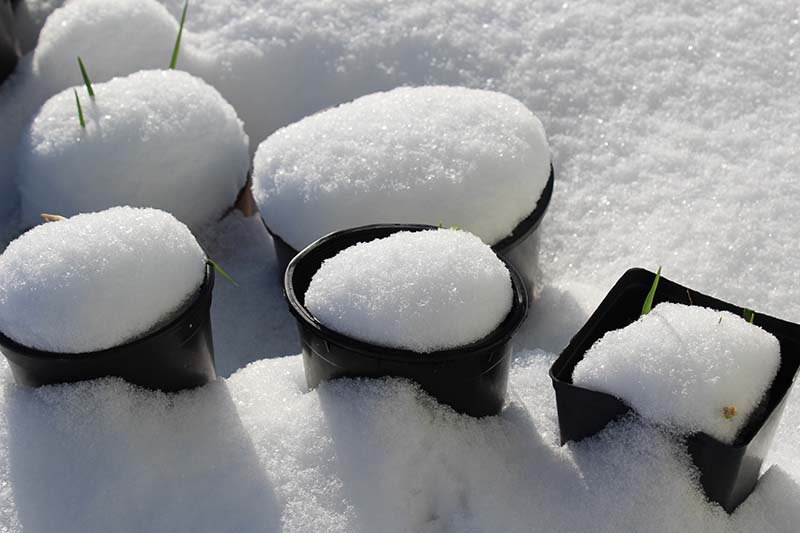
The reason for this is that bleeding hearts can’t stand wet feet as it is, and even more so during the winter. They need much less water during the fall and winter than they require during the spring and summer.
Allow the top inch of soil to dry out during the fall and winter months.
Companion Planting
Many container-grown plants are perfect as single specimens. A potted rose or a bunch of violets need no other friends to make for an appealing display. But you should consider planting your lady’s lockets with friends, and here’s why:
Bleeding hearts start to fade as spring comes to a close, and not just the flowers. In the dog days of summer, the leaves and stems of these springtime ephemerals wilt and die back as well. And at this point, you have an empty container sitting there.
While you can tuck the container away until the next spring, if you put other species in the pot along with it, you can leave it out to continue providing visual interest.
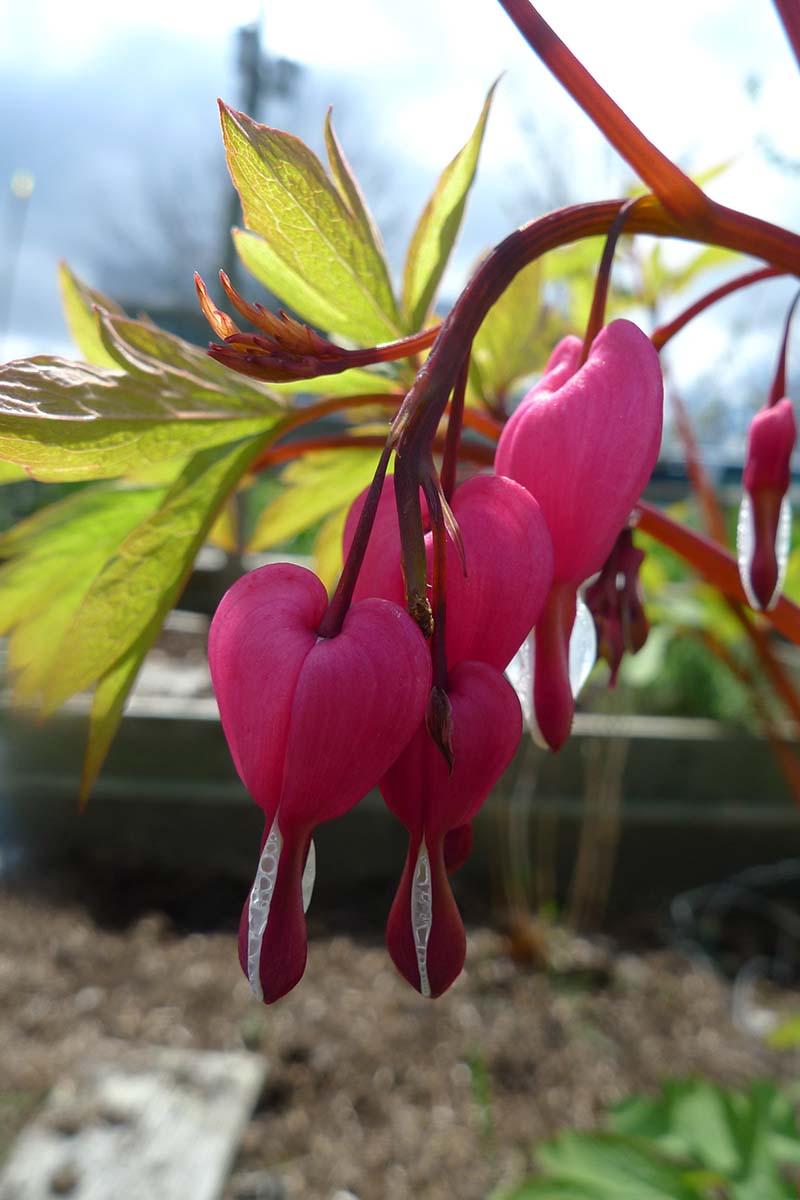
Choose plants with similar growing requirements. You can use annuals such as begonias, impatiens, or fuchsia, the latter of which are technically perennials but often grown as annuals.
Or try perennials that return each year such as hostas, monkshood, columbine, or black cohosh.
Really, anything that likes shade and moisture will do, as long as it provides some interest on your patio after your bleeding hearts have finished doing their thing.
Just remember to size up your container so that all the plants have the room they need.
Bring the Beauty of Bleeding Hearts to Your Patio
The first time I tried planting a bleeding heart in a container, I didn’t know if it would survive. I just knew that I had to somehow try and keep the slugs away, or they’d surely treat the leaves like their own personal salad bar.
You can imagine how thrilled I was a few weeks down the line when not only was my plant happily blooming in its pot, it had turned a rather sad, shady corner of my patio into a stunning focal point.
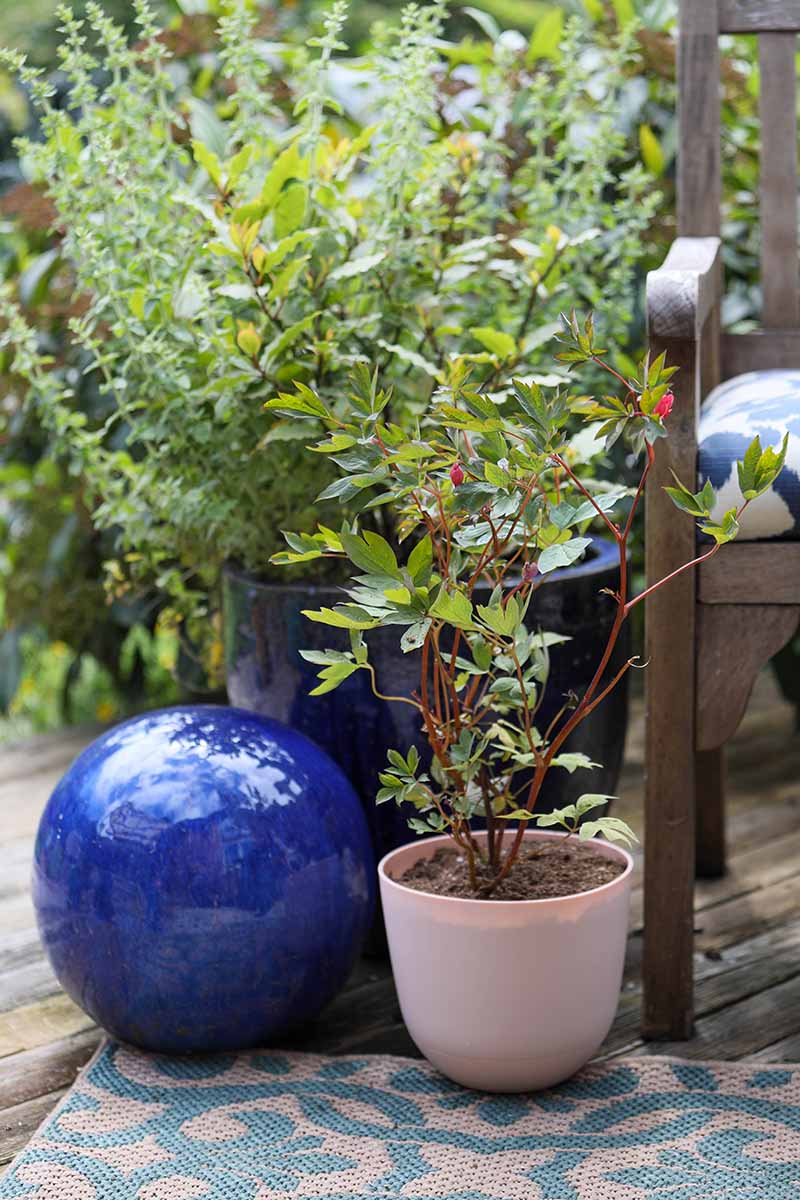
Several friends even started growing lady’s lockets in containers on their shady patios as well.
Now, I’m not claiming that we discovered potted bleeding hearts. But they were a massive hit in my neck of the woods because they provided a lovely solution for a part of the yard that’s difficult to beautify. Since then, I’ve had one or more growing in a container on my patio to add interest and it’s always a hit.
Shady patios can be pretty devoid of green and floral happiness. And this type of container garden know-how is worth sharing, as a gorgeous remedy for that.
Where are you growing your bleeding heart? Are you using it to add color to a patio? Let us know in the comments, and feel free to share your photos!
If this guide helped you on your bleeding heart journey, you might be interested in discovering some more tips for growing these cottage garden beauties. Check out these articles next:
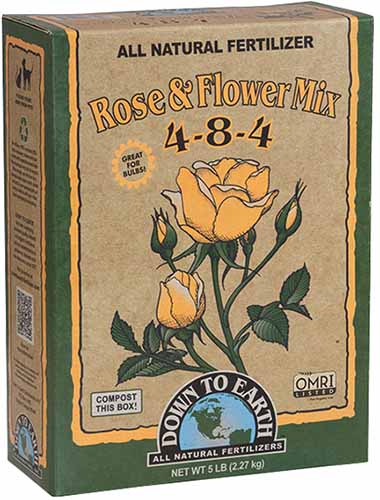


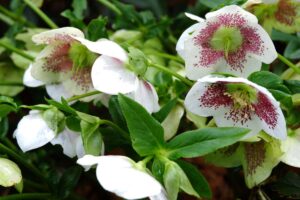
I really loved this piece– and your attitude. I live in PNW too (Vancouver.Canada) and have been trying to grow bleeding heart on my north -facing deck (20 floor UP!). While my grandmother in Philadelphia had a ton of it — she appeared to do nada to encourage its growth. I’ll try YOUR tips and hope to do better! Many thx.
Hi Sally, thank you for the kind words! It’s always a bit more challenging with bleeding hearts when you’re growing on a patio, I won’t lie. These plants really thrive when they’re in a shady spot in a garden. But you can totally do it; bleeding hearts love the PNW, and a north-facing deck should be ideal. You could try a native species and see if it’s less demanding. They aren’t as showy, but my Dicentra formosa plants are extremely happy in our dry summers and soggy winters.